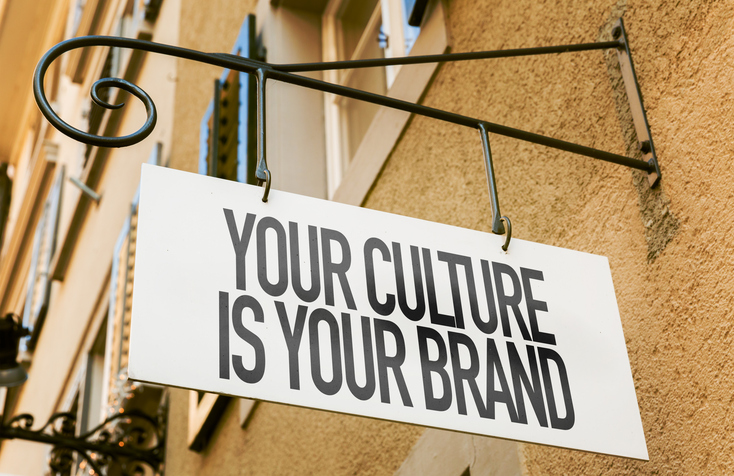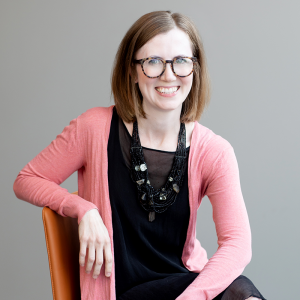Cousins with a Lot in Common: Culturals and Colleges—Part 2
4/19/18 / Kate Darwent
In this blog post, we’re exploring how some of the trends in arts & culture also apply to higher education. Previously, we focused on how arts & culture and higher education are both facing a shifting paradigm that is forcing them to rethink what it means to be a cultural or a college or university. Today, we’re going to dive deeper into changes in how people interact with these organizations and what they expect of them.

User-defined experiences
Technology has allowed a high level of personalization across many domains, and as a result, there are higher expectations for being able to personalize products and experiences. One of the big findings from CultureTrack ’14 was that people were interested in self-curating their experiences when going to an arts & cultural event or space. Further, CultureTrack ’17 found that different groups of people were interested in using technology to enhance their arts & cultural experiences.
What might self-curation mean for higher education? Many colleges and universities have already realized that the experience of getting a degree can be as or even more important than the actual degree. Offering students ways to customize this experience is vital. This doesn’t necessarily mean changing the content of your offerings. It does call for engaging and relevant messaging that resonates with students with their own big future goals. If they don’t find what they are looking for, they’ll look to self-curate their education someplace else.
Additionally, convenient formats are increasingly important for the higher education consumer. Instead of declaring online courses and degrees as inferior, colleges and universities should be figuring out how to make the quality of these options as high as the on-campus options because for some students, these may be their only options.
Another major finding from CultureTrack ’14 was that cultural consumers were “promiscuous” when it came to experiencing arts & culture—they wanted to experience a little bit of everything. And there is a similar pattern in education. As STEM transforms into STEAM and then STREAM (science, technology, reading, engineering, art, and math), we can see how the focus on a well-rounded education has become popular again. Given the growth of the knowledge economy, students are interested in experiencing a broader array of education opportunities, even after they have a degree, for both personal growth and career growth.
Wanted: Civic leaders
CultureTrack ’17 also examined people’s philanthropy for arts & culture. Most of the major reasons for giving or not giving to arts & cultural organization involved social impact. That is, cultural consumers are more interested now in the type of impact that arts & cultural organizations are having on society and their community. They are expecting arts & cultural organizations to act as civic leaders.
This pattern seems to hold true for institutions beyond cultural ones, such as colleges and universities. Both donors and students are expecting colleges and universities to be interested in having a social impact. Academia rewards faculty for scholarship and knowledge creation, but colleges and universities also need to encourage faculty to figure out ways to apply that knowledge in the community in an impactful way.
One of the other outcomes of recent technological advances is that people spend less time engaging with other people in real life. However, people crave contact, connection and a civic commons. Plus, we know that loneliness is bad for our health. Community institutions, like culturals and universities or colleges, are some of the remaining spaces for engaging with other people. Civic leaders can provide opportunities for people in the community to engage with other people.
Where to next?
While change is often stressful, it is exciting to see the ways that higher education and arts & culture are evolving to meet the needs and expectations of the future. Some colleges and universities and some culturals have been adapting to meet the needs of their students, patrons, and community. For example, the San Francisco Opera has been using pop-up events to reach new patrons. Importantly, the opera is using these pop-up events to test an idea quickly, learn from the outcome, and move forward. Similarly, Georgetown University is testing different ways of delivering higher education. In both these examples, the organizations are giving themselves permission and space to experiment.
If you are a higher education institution or a cultural who needs to adapt to this shifting paradigm, there are a couple of things to consider:
- What parts of your identity as an organization are critical (like your mission and vision) and what parts could be adapted? Where is there room to experiment?
- How can your organization bring people together? How can you have a greater impact on the community? How are you sharing the story of your impact?
- How are you addressing issues of access and inclusion?
- Can people create an experience at your organization that aligns with their needs and interests?
—
We hope you’ve been following along with the Corona Insights Higher Education blog series this quarter. This is the second post in the series – click here to see all of our posts on higher education and stay tuned for more.
